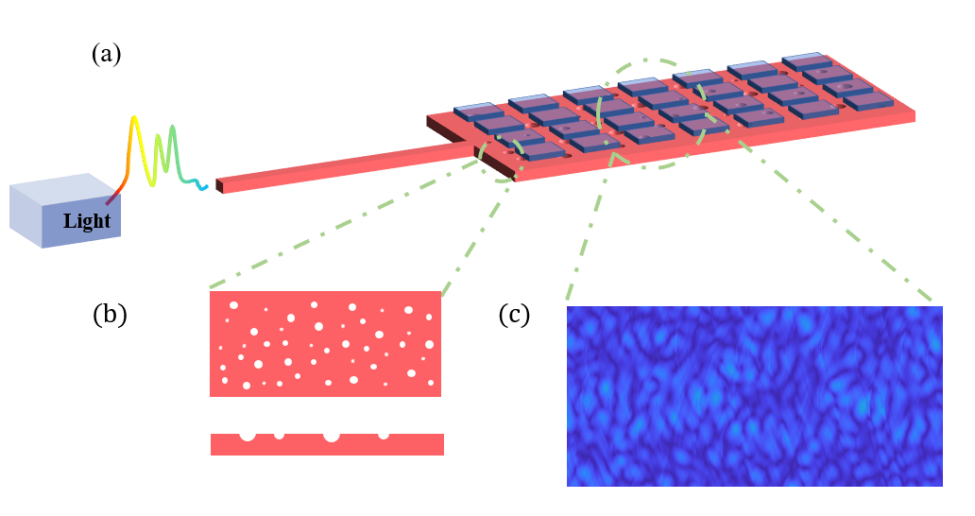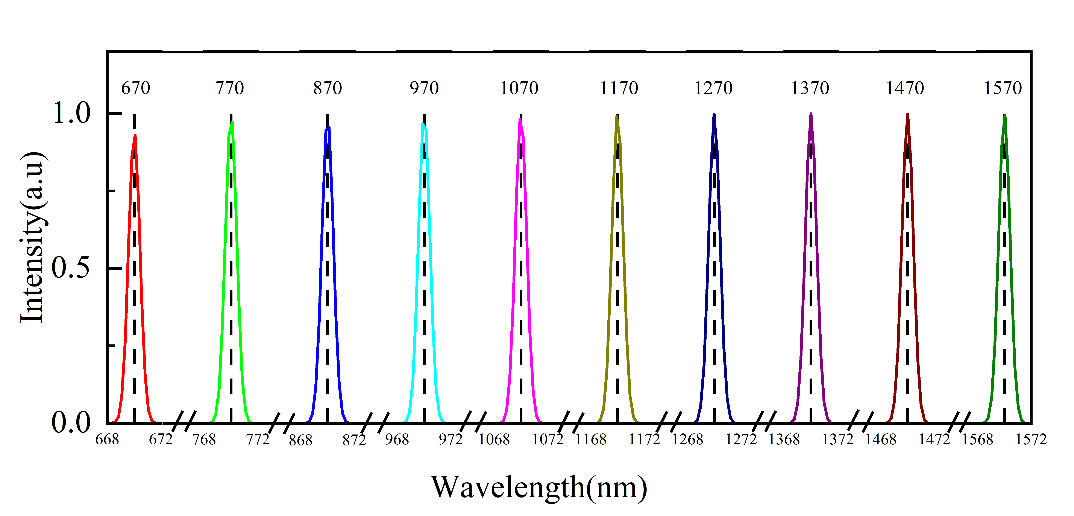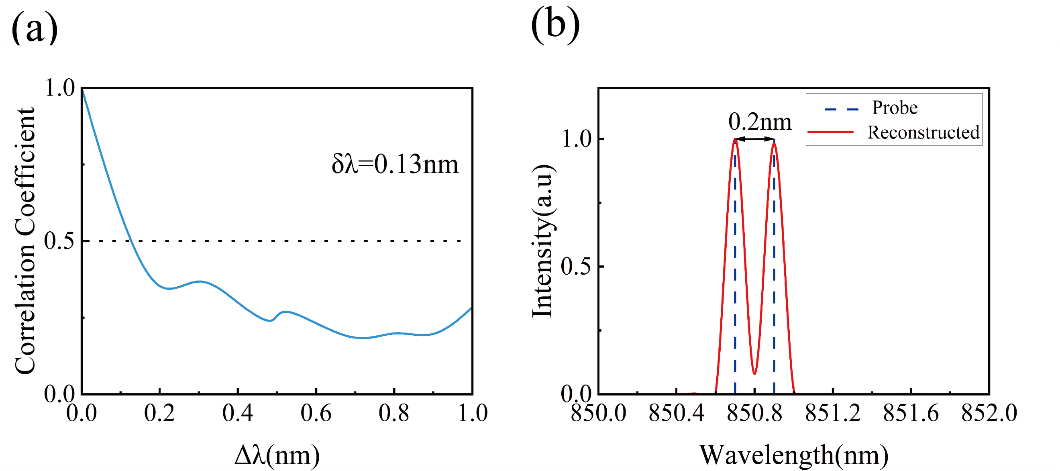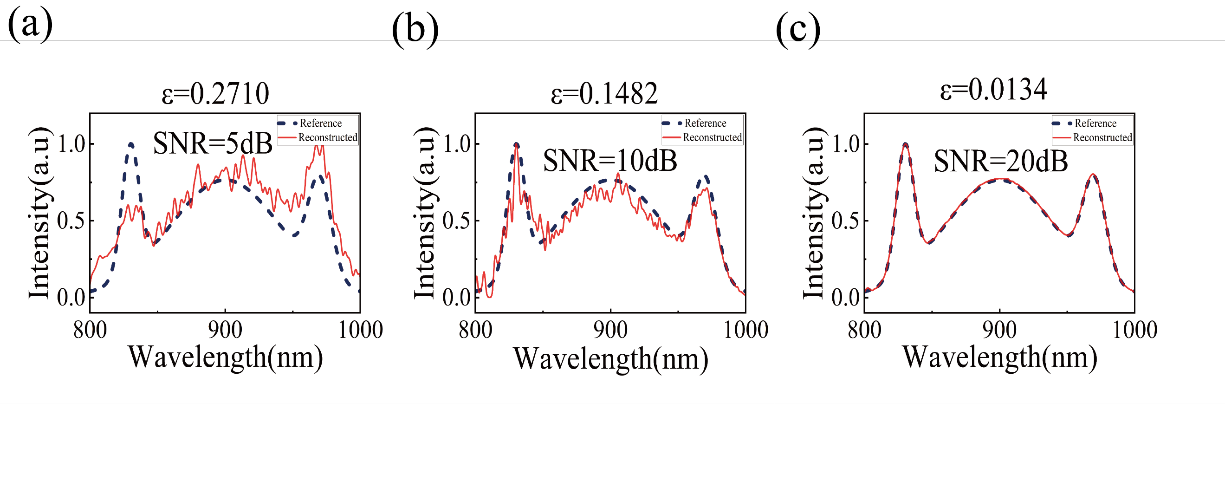Compared to direct dispersion-based spectral chips, computational reconstruction-based spectral chips break the limitations of size and performance, enabling spectroscopic detection at microscale or even smaller, with potential to expand spectroscopic technology applications in many critical fields.
However, the number of effective detection channels in existing computational reconstruction-based spectral chips is typically only in the tens or even fewer, resulting in severe restrictions on spectral detection accuracy and bandwidth, which affects their practical value.
To address these issues, the Astro-Photonics team from Nanjing Institute of Astronomical Optics & Technology (NIAOT) proposed a single-waveguide defect scattering spectroscopic chip architecture (as shown in Figure 1).
This architecture scatters the injected light from the waveguide surface by artificial defects within the waveguide, and then uses a 2D detector to detect the scattering intensity distribution, enabling signal collection with thousands or even more channels in a small size, thus making high-precision, large-bandwidth spectroscopic detection possible.
This achievement was published on March 24 in the academic journal IEEE Photonics Journal (DOI: 10.1109/JPHOT.2025.3554022), with graduate student Snow Tong as the first author and team leader Prof. Jiping He of the Astro-Photonics team as the corresponding author.
Based on this work, national invention patents and PCT international patents have been applied for.

Figure 1 Schematic Diagram of the Defect-Scattering-Type Spectral Chip Structure
To ensure stable spectral detection, the chip uses a single-mode waveguide as the input and creates randomly sized defects on the subsequent multimode waveguide to scatter the optical signal out of the waveguide, enabling detection.
Since both the optical field distribution within the multimode waveguide and the scattering processes caused by defects exhibit wavelength-dependent responses, the spectral detection sensitivity is significantly enhanced.
Numerical simulations were conducted to thoroughly investigate the performance of the single-waveguide defect-scattering spectral chip. The results revealed that the chip enables ultra-broadband spectral detection within the range of 600–1600 nm (as shown in Figure 2).
Under fine-sampling conditions, the spectral resolution exceeds 0.2 nm (as illustrated in Figure 3).
When the signal-to-noise ratio (SNR) of the spectrum is greater than 5 dB, the chip can reconstruct and detect the primary structural information of the spectrum. When the SNR is greater than 10 dB, the chip achieves high-precision spectral reconstruction. When the SNR is greater than 20 dB, the chip enables high-precision spectral detection.
This work effectively addresses the limitation of restricted active detection channel numbers in computational-reconstruction-based spectral chips. Additionally, by incorporating two spectral response mechanisms/processes, it significantly improves spectral detection sensitivity.
These advancements provide innovative design concepts for the development of future high-precision, wideband computational-reconstruction-based spectral chips.
This research was supported by the National Natural Science Foundation of China (Key Project), the Jiangsu Provincial Key R&D Program, and the Major Project of the Chinese Academy of Sciences.

Figure 2 Broadband Spectral Sensing

Figure 3 High-Resolution Spectral Detection

Figure 4 High-precision spectral detection